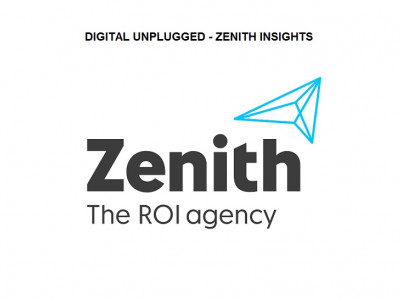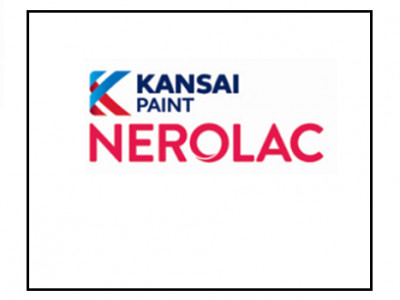Evolved Rules of Brand Engagement, Post COVID
Even as we come to terms with the new normal, marketers and brand managers are working towards re-designing effective and relevant marketing strategies to engage with the new consumer. As Nir Eyal and Ryan Hoover have mentioned in their book, ‘Hooked: How to build habit forming products’, there are three ingredients necessary to initiate any change in behaviour: (1) the user must have sufficient motivation; (2) the user must have the ability to complete the desired action; and (3) a trigger must be present to activate the behaviour. And the year 2020 gave plenty of these to the millions around the world!
It is generally believed that habit formation as a process, evolves through repeated behaviour, initially triggered by a goal and continued for at least 21 straight days, to eventually become a habit. If continued further, for another 3 weeks, it eventually becomes an inherent habit, with the goal becoming secondary/ obsolete. And so is the case with the new, evolved consumer, who underwent over 4 months of lockdown/ quarantine, to emerge with new behavioural patterns and preferences.
Listed here are some of the key behavioural transformations that have been instrumental in moulding the habits and preferences of the new consumer, across the brand spectrum. These are:
1. Socially Responsible: From barely spending anytime at home to being confined indoors 24x7, the pandemic forced people to come to terms with sharing spaces, and collaborating on various levels to survive and sustain, both within the confines of home and family as well as in society. A sense of social responsibility was also seen as people became more accommodating and helpful, not only towards friends and family but also towards complete strangers in need of help! So from leading completely self-focussed, fast paced, competitive lives, people began to slow down and respond to the immediate surrounding with a more accommodating approach. Arguably, socially responsible brands showcasing a similar approach towards the society, became more respected and appreciated. From supporting other small businesses and entrepreneurs, to collaborating for creating timely innovations to aid people in need, brands who went all out to showcase a ‘team spirit’ Vs. a business like ‘Me First’ approach, managed to stay relevant and respected, and continue to be so!
2. Conscious Choices: The pre-COVID era was marked with the rise of an experiential consumer that was not only open to try new innovations, but was actively pursuing it. From trying new cuisines, personal care brands, super foods, fitness and diet trends to travel destinations and lifestyles, the global consumer was spoilt for choice. With the pandemic, supply chain challenges and heightened awareness about health and safety, people were forced to become hyper vigilant and observant. Governed by factors like consistent supply, price, and accessibility, people moved from hyper consumerism to making conscious and more informed choices, viewing every brand, new or established, with critical lenses, before spending money on them. Thus, in the post COVID era, brands need to focus on transparency and enhanced credibility to hold on to this evolved customer who is now putting money where his trust is, brand legacies notwithstanding.
3. Seeking Value: The pre-COVID era saw an experimental consumer who would indulge in impulsive purchases, and brand experiences, instead of calculative and planned buying. With the pandemic, this changed. People had to become mindful, even stock supplies by planning ahead, which changed not only their purchase patterns but also the amount they chose to spend on a monthly basis. Accordingly, products that offered multipurpose functions, durability, and sustainability generated greater value and interest among consumers already battling an economic crisis. As a result, brands that are able to relevant and multi-functional/ agile solutions for consumers, while delivering value, are set to be preferred over others, among the post COVID consumers.
4. Celebrating Life: The pre-COVID era was one of active socialising, for both work and leisure, with frequent night long house parties, club hopping etc., being the norm. However, even as the pandemic forced to physically isolate themselves, people chose to reach out to their loved ones via virtual platforms, and be present / participative in their lives. These enhanced virtual connections helped create a sense of togetherness and bonding, coupled with mini celebrations throughout the pandemic! The value of being alive and the gratitude for the same reflected in people seeking smaller joys of life and not shying away from celebrating the same with loved ones. Brands that could understand the value of appreciating the positive side of life and celebrating small victories in the midst of the global pandemic, instantly connected with consumers. Going forward, as we try to make sense of the new normal, brands that continue to showcase a positive and celebratory approach in the new normal, are going to find better resonance among consumers.
Now, as we step into a fresh new year of 2021, the above consumer behaviour patterns have already transformed into habits, and continue to remain subtle yet important factors in purchase decisions that are beginning to impact not only sales and marketing but also product design and innovation, accessible distribution channels and re-calibrating competitive price points. Brands that are further adopting them across all internal and external engagement, are set to drive the tone for a more positive and uplifting 2021.

















Share
Facebook
YouTube
Tweet
Twitter
LinkedIn